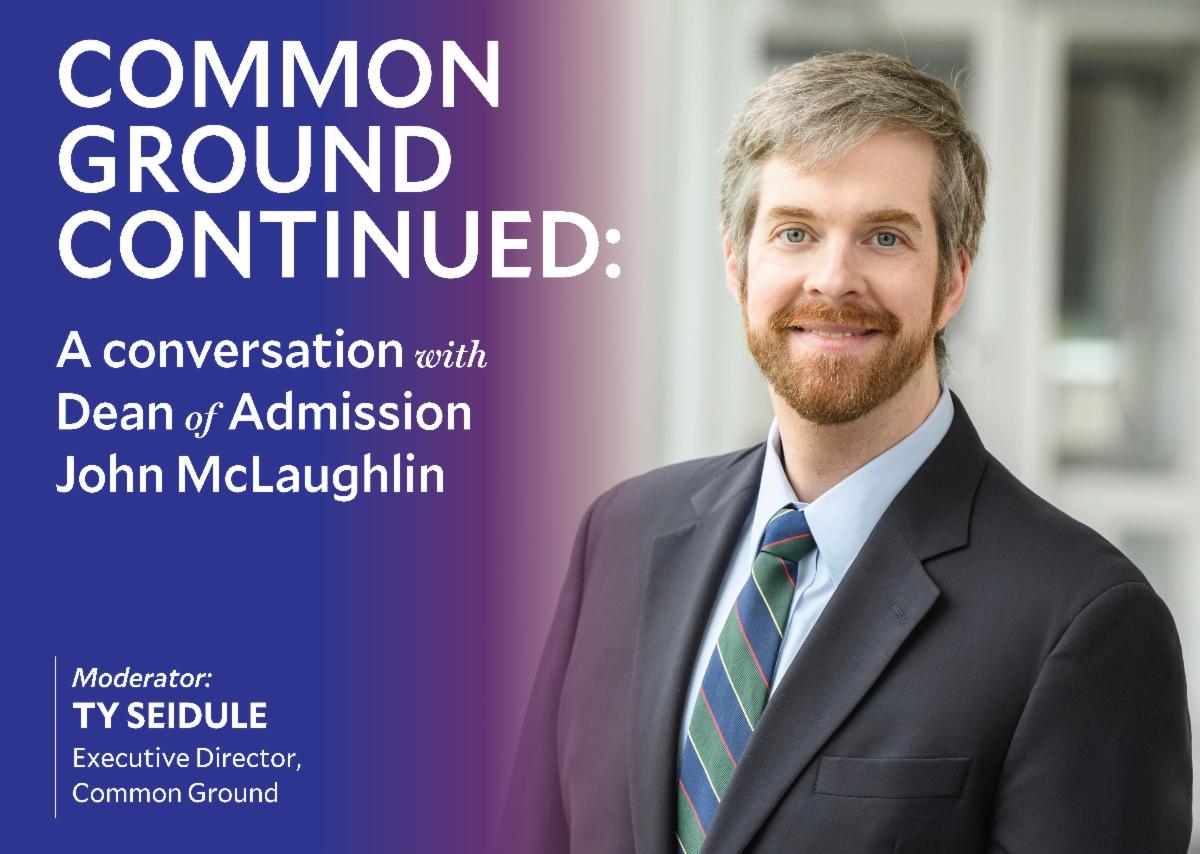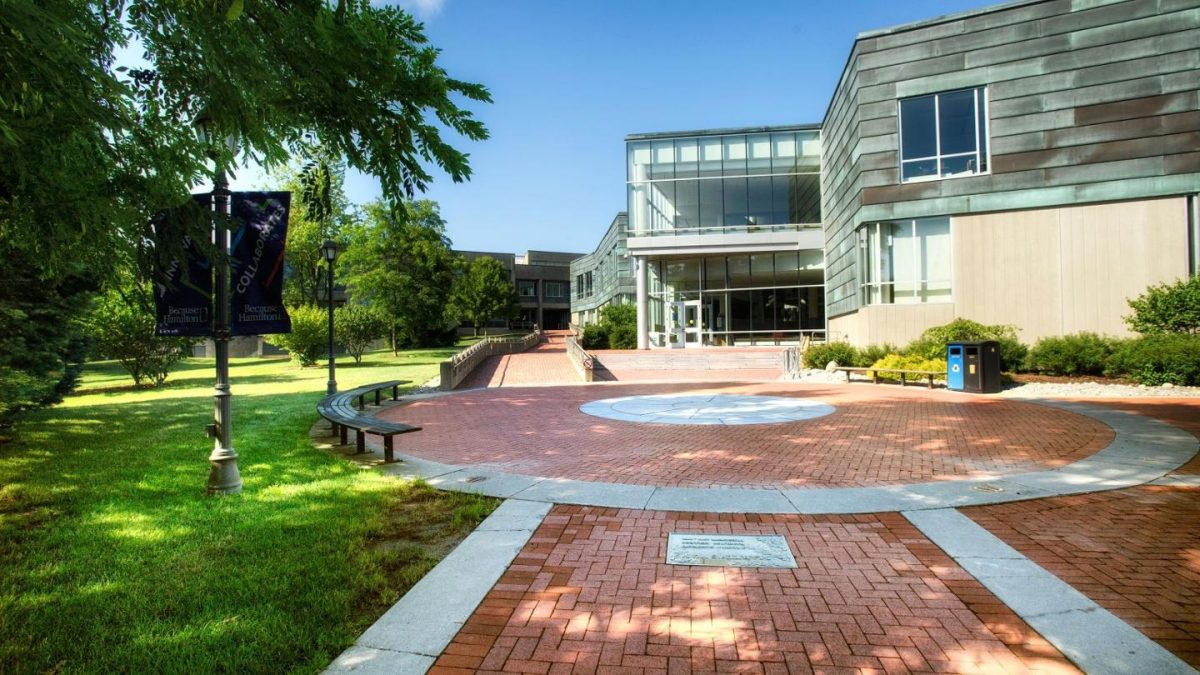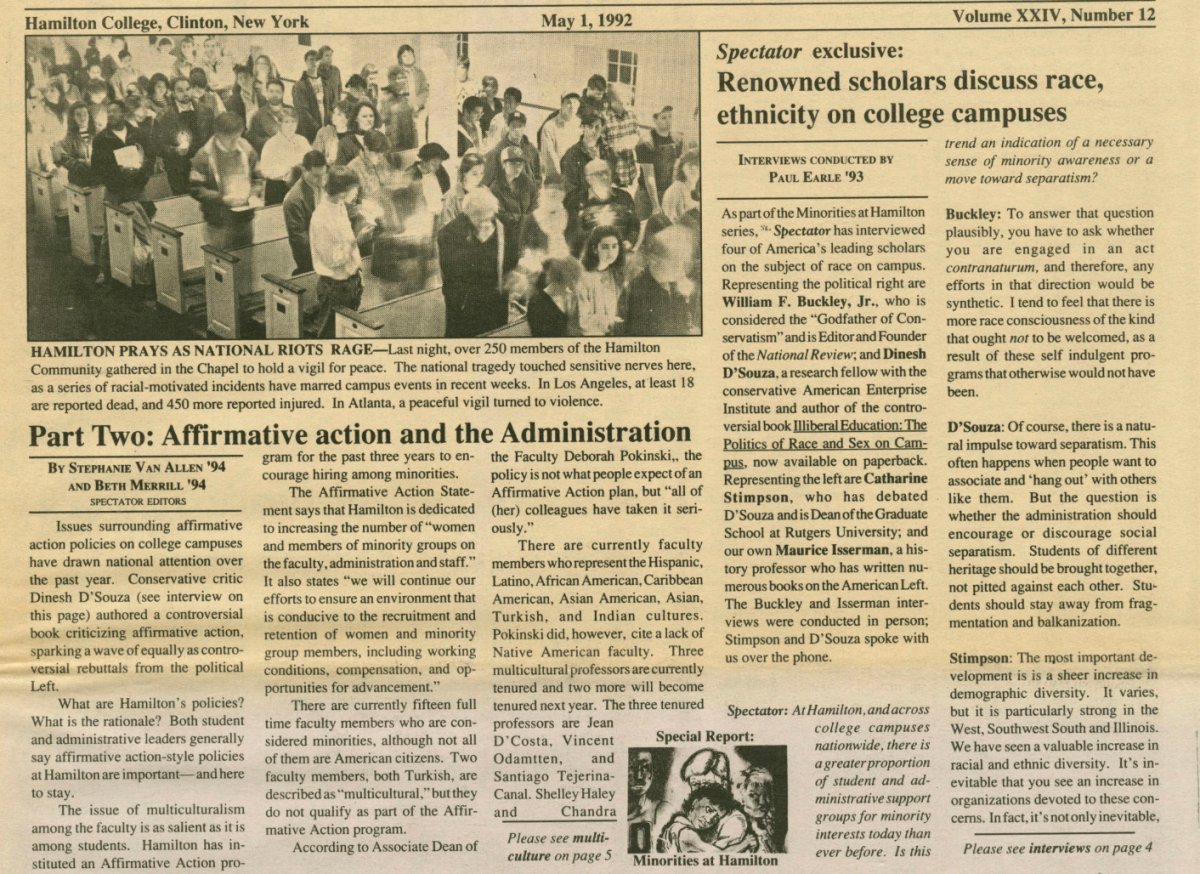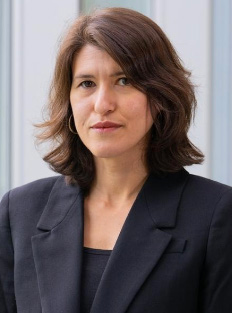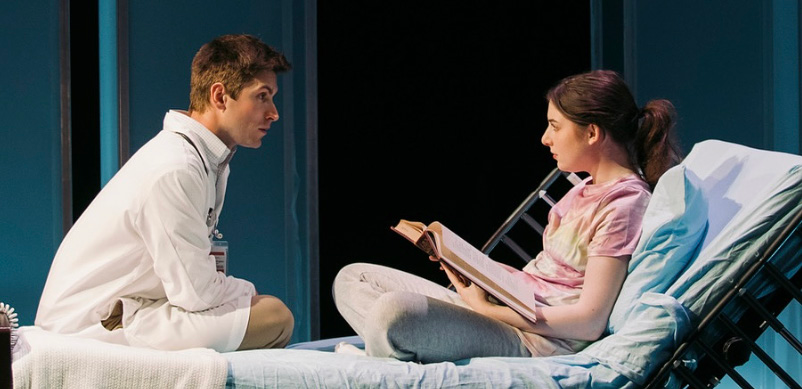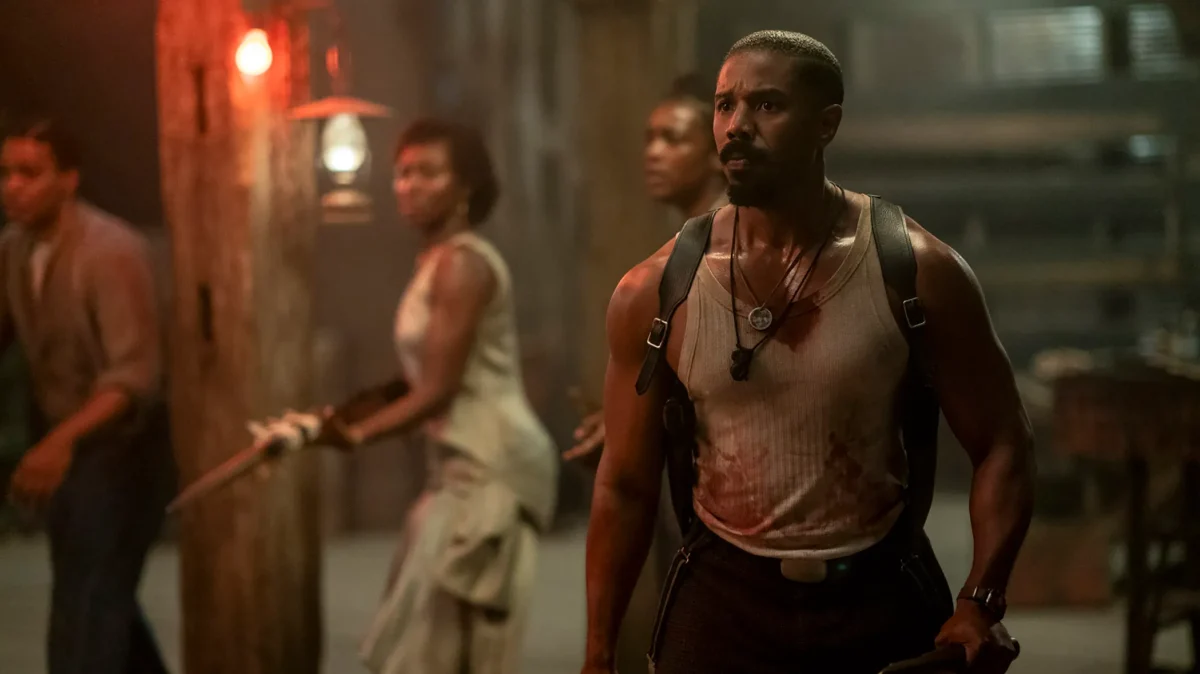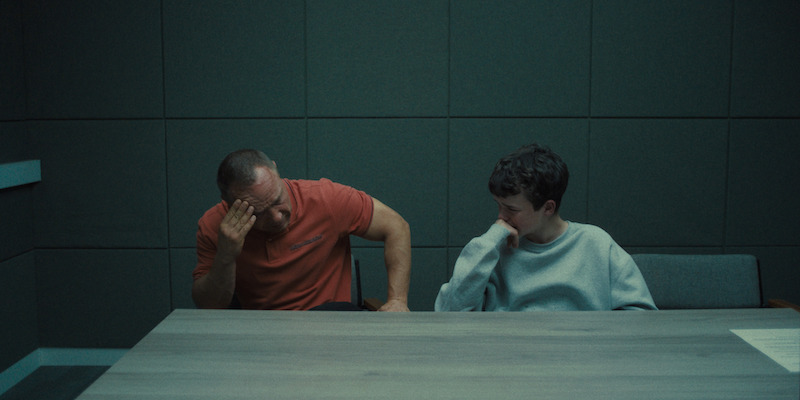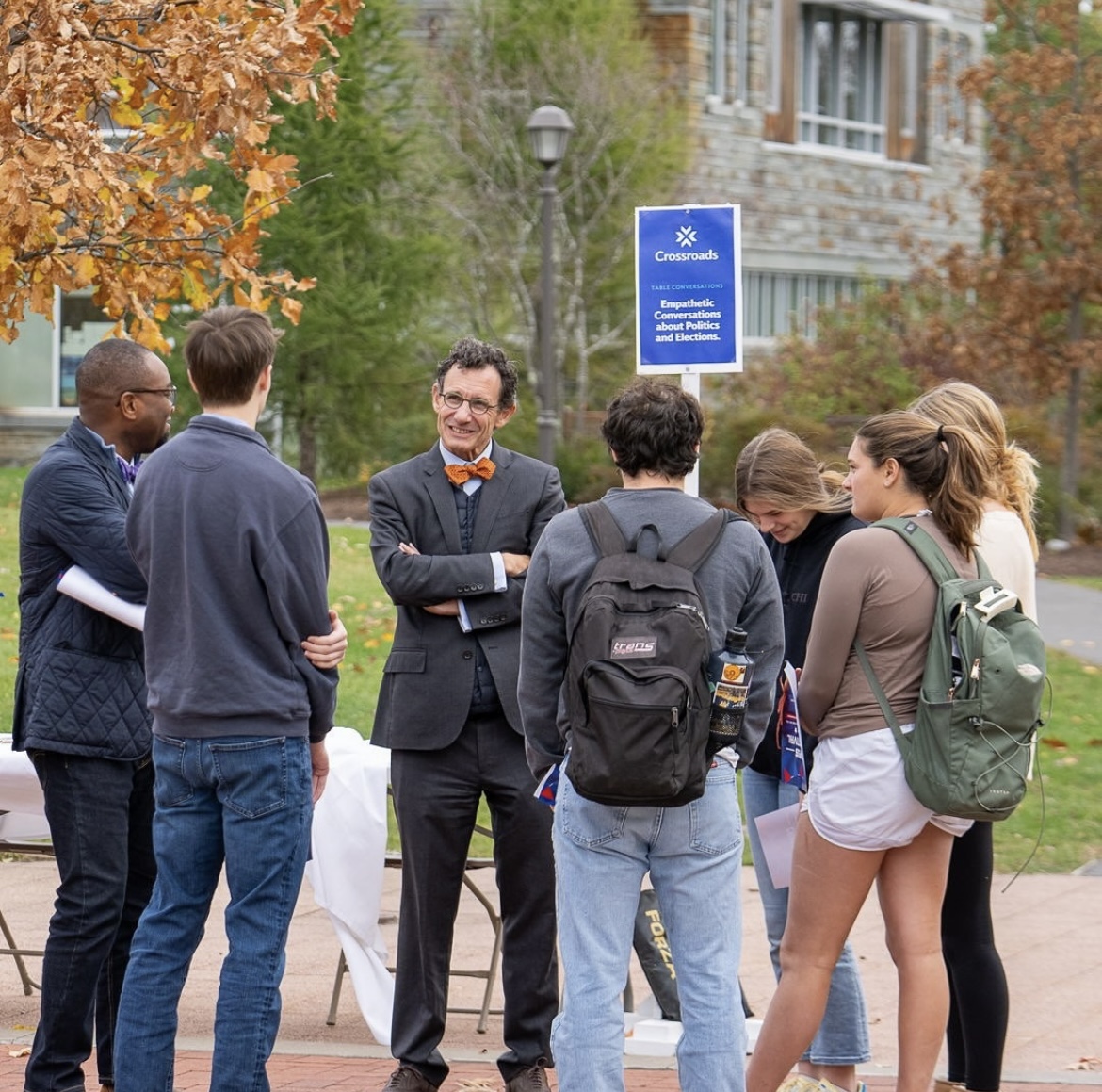
It has been one year since many members of our campus gathered together for the first campus town hall. The event touched on important issues like sexual assault, diversity and racism, free speech, and mental health on campus. Concerns about the lack of mental health resources, as well as a lack of response from the administration to student deaths on campus repeated points of concern.
Director of Residential Life Ashley Place responded to one question about mental health resources on campus by highlighting the existence of a twenty-four-hour hotline for what the Counseling Center refers to as “psychological emergencies.” Some students, however, seemed to not be aware of this resource at that time. I was one of those students.
After the town hall, some felt as though the event was helpful and demonstrated the administration’s concern for student wellbeing, while others felt the administrators present to be defensive and unresponsive to students’ concerns. Some fell somewhere in the middle. Wherever you fall on this scale, a few things did seem clear: the town hall ignited something in students. But one town hall is not enough to even begin addressing these campus issues; there are many more issues that need to be discussed. Thus, we need another event of a same or similar format soon (once a year or semester) and we need to facilitate improve communication between the administration and the students in general.
Since the town hall, some things have changed. We have a Dean for Diversity and Inclusion, a new Health and Wellness Center, an ongoing $400 million capital campaign, and the Bundy Cafe. The Cafe was a step the administration said it took to prioritize the physical and mental health of “Greyside” students, who lacked easy access to a social space and dining options in the past.
However, when it comes to the mental health of the student body specifically, we have fallen short. The new Health and Wellness building has brought new technology and facilities, like the Wellness room, to a better location; what it has not brought along is a solution to the issues that students said were most pressing during the town hall. Students are still struggling to make appointments — even two weeks out — due to a lack of staff and limited hours.
I believe this issue should be the administration’s highest priority, as the lives and wellbeing of our student body are at stake. Student groups on campus like the Mental Wellness Collective have shown great care on this topic and are making strides towards bringing awareness to the issue of mental health. The town hall showed that the general population is not apathetic to this issue either, and many are willing to speak out. These initial efforts, though, are not enough. We must continue to prioritize mental health as a campus, not only as an administration, but also as a community.
Here is where the capital campaign can help. According to an article on the “Because Hamilton” campaign on the College’s website, donations made are directed to “one of six priority areas: scholarship aid, academic programs, the career center, athletics, the arts, or where the College determines the need is greatest.” Rather than granting mental health its own category, the campaign leaves the mental health and emotional wellbeing of students under the category: “Where the college determines the need is greatest.” One of the priorities of this campaign is wellness, but this seems to focus more on physical health, student programs, and talks. One description of the wellness section does describe “new programs and facilities focused on health and well-being.” Whether this stops at the new Wellness Center and its new technology is unclear.
It is not necessary, of course, that this or any campaign be the answer to all of our mental health problems. But if mental health does not fit into the parameters of this campaign then how else will this problem be faced? Hamilton’s last major campaign was launched in December 2010. If money and focus is the issue, will we have to wait another eight years, or will this campaign end up actually working towards the goals that many students have called for? If priority or understanding is the problem, will it take another event like a town hall to better communicate to the administration — and hopefully the Board of Trustees — what the students really need?
The essential question remains: when it comes to mental health, when will “where the college determines the need is greatest” align with where current students feel the need is greatest?


